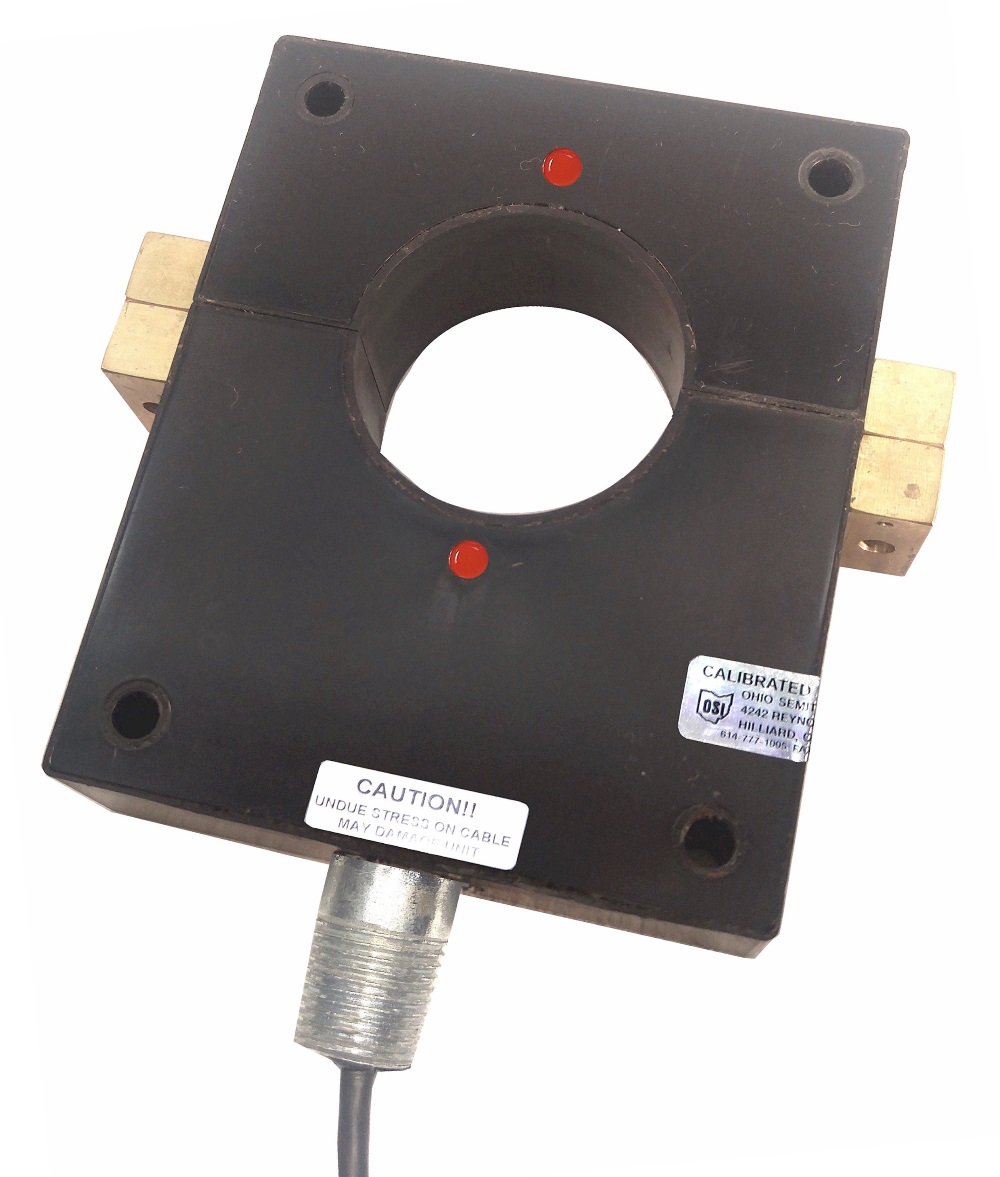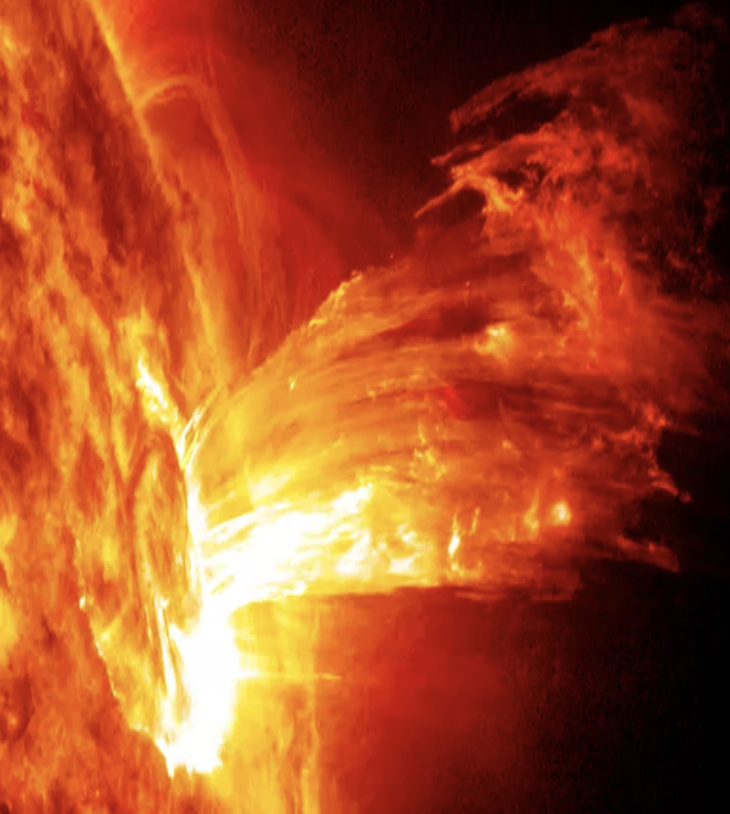Protect Your Critical Transmission Assets with Early Alert Technology from OSI
NOAA scientists are forecasting significant Geomagnetically Induced Currents from Coronal Mass Ejections for 2024-2025.1 These solar discharges can wreak havoc on transmission infrastructure – especially EHV transformers as evidenced by the March 14, 1989 Hydro Quebec incident2. The GIC Sensor from Ohio Semitronics can provide an early alert to geomagnetically-induced DC current that appears on the transformer neutral from a solar event -- allowing utilities to make informed protection decisions before a failure event occurs. See more here
How the OSI GIC Device Can Help Utilities with an Early Warning
DC current appears on the Transformer neutral as an indication of solar activity. Unfortunately, the DC current may be dwarfed by much larger AC currents. OSI’s device has the unique ability to detect a rise in neutral DC current -- free from the masking effects of the much larger AC currents – enabling an early alert. The split-core, outdoor-rated design enables simple installation without requiring neutral disconnection – meaning the utility may not have to take an outage to apply this safeguard to their system. WATCH VIDEO HERE
Upsurge in Solar Activity
The recent upsurge in solar flare activity ushers in a new season of risk for critical grid infrastructure – particularly EHV Transformers. The Solar Flare Index for the current Solar Cycle 25 has increased from approximately 15 in 2020 -- to over 150 in 2023. This is comparable to levels present during the Coronal Mass Ejection activity in 1989.
The Science of Solar Flare Impact on Earth
These “flares” release a shockwave of solar energetic particles, which in turn affect the Aural Electro-jet Currents. These Currents can reach millions of Amperes and impact the Earth’s magnetic field by inducing electric fields along the surface of the earth, creating potentials on the Earth’s surface.
The Science of Impact to EHV Transformers
Grounded Neutral connections, common to many EHV transformers, complete a low resistance DC circuit that enables these DC currents to flow in the transformers. Unfortunately, the Transformer’s cores saturate at low levels of DC, enabling leakage flux, which in turn, produces eddy current heating in ferrous structural members. These can lead to winding overheating and insulation damage. In extreme cases, transformer failure occurs.
For More Information:
Robert Shaw, President [email protected]. 602-421-9236 (Mobile)




